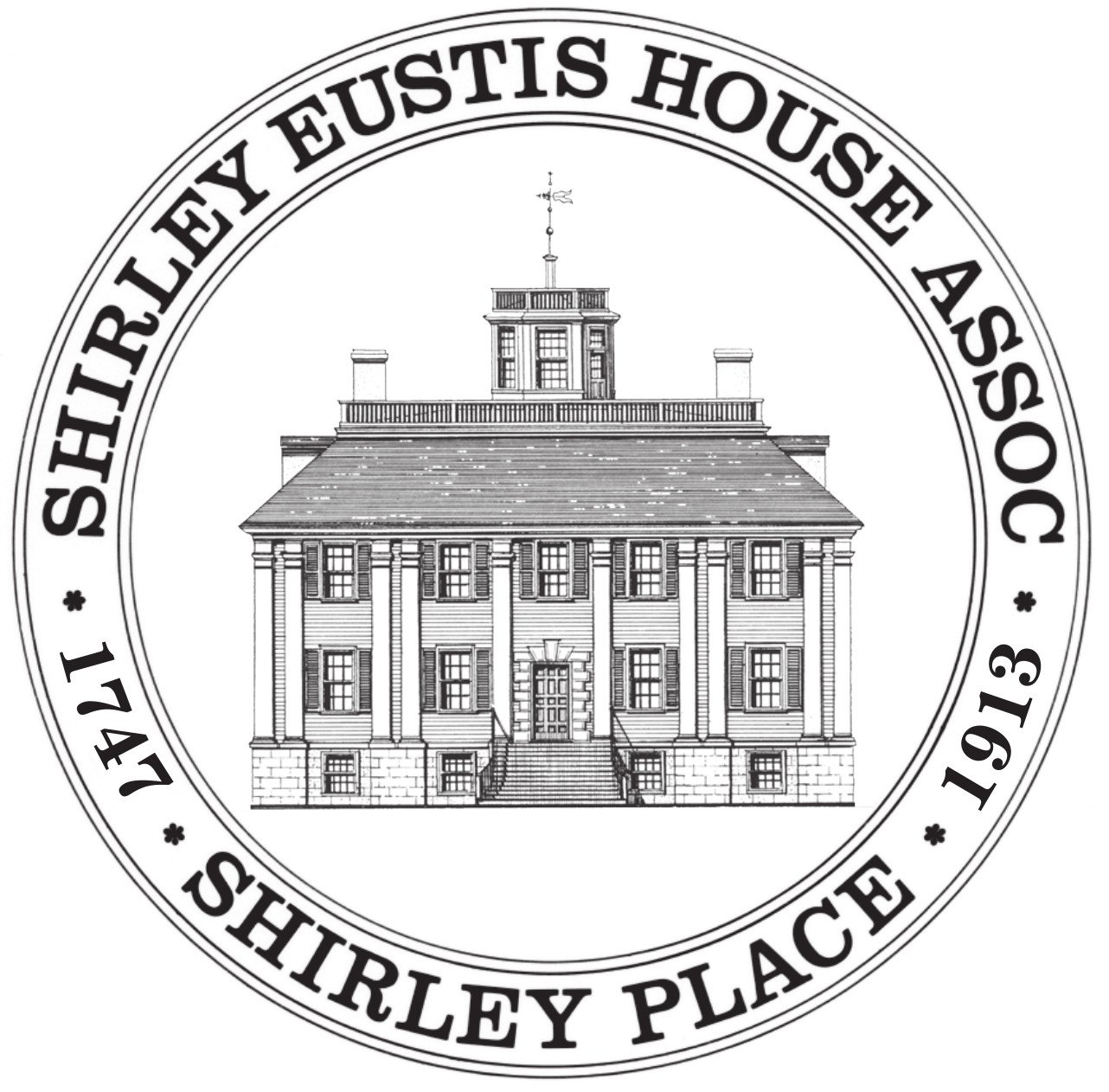The Fashionable Klismos Chair
Written by Suzy Buchanan
The recent controversies around manspreading on trains and public transportation has sparked my curiosity about the many delicate non-manspreadable chairs that populate the rooms here at Shirley-Place. My favorites are a set of six matching Boston side chairs that date to around 1820. They’re so upright-and-ready it’s hard to imagine slouching in them even a little bit much less letting the knees go wide. These chairs were made for perching rather than sprawling, for proper ladies and gentlemen whose spines were supported by little more than sheer rectitude.
These chairs are properly called side chairs, and they usually came in sets of six, twelve, or even twenty-four. They were used for dining and for seating visitors at tea and other light entertainments. Lightweight and delicate, side chairs were easily moved around the house for their various uses. The curving lines of these particular chairs were inspired by the Greek antique form known as a klismos chair, which became an archetype of the fashionable Greek-Revival style that Madam and Governor Eustis favored in the furnishing of Shirley Place after they acquired the house in 1819.
Furniture and buildings in “the Greek taste” were wildly popular in the early 19th century, even to the extent that the observer of American culture, Alexis de Toqueville, writing in 1824, made fun of the young nation’s naïve pretensions to recreating the Ancient world in the New. He noted on his first arrival in New York City:
“by that part of the Atlantic Ocean which is called the Narrows, I was surprised to perceive along the shore, at some distance from the city, a considerable number of little palaces of white marble, several of which were built after the models of ancient architecture. When I went the next day to inspect more closely the building which had particularly attracted my notice, I found that its walls were of whitewashed brick, and its columns of painted wood. All the edifices which I had admired the night before were of the same kind.”
Man in a klismos chair on the stele of Xanthippos, Athens, ca. 430-20 BCE. Courtesy of wallswithstories.com
He further noted Americans’ enthusiasm for the type of democracy they associated with ancient Athens tended to lead to a unimaginative imitation to the outward forms of the classical world: “…they substitute the representation of motion and sensation for that of sentiment and thought: in a word, they put the real in place of the ideal.”
No doubt there was a lot of imitation of Greek architecture and art that was both unoriginal and impractical for the way Americans, even of the elite class, really lived. For the klismos chair, however, a bit of imitation might have made for a more comfortable roost. Pictures of actual Greeks resting in actual klismos chairs show the originals to be capacious and comfortable. A 5th century BCE depiction of a man reclining in a klismos shows him leaning back in relaxed contemplation (it’s not clear why our man is pondering a foot–perhaps he was a podiatrist).
In the early 1800s, social etiquette demanded a sitting posture that was anything but relaxed. One late 18th century painting (artist and title unknown) reveals a gentleman sitting rigidly upright in a large and awkward klismos. A gaping space between his back and that of the chair yearns to be filled.
Unidentified painting of a man in large klismos chair, ca. 1790.courtesy of Study.com.
Fortunately, there were artisans working in Boston whose own artistic sensibilities could both feed the classical appetites of American consumers while still accommodating the formal posture of the ubiquitous side chair. Our six mahogany klismos side chairs do that admirably: they have the prerequisite sabre legs of a proper klismos, along with the two horizontal back slats that curve around the sitter. Not only that, but the shallow carving in the top rail’s ears mimic both the scrolls of a stylized ionic capital, and a rounded version of a Greek key motif.
A contemporary print depicting six variations of the Ionic order of column capitals.
Below, an exuberantly carved middle slat alternates between a puffy, marshmallowy ionic column capital and an artfully draped cloth. Little olive leave sprigs tucked into the return (volute?) keep the whole thing from getting too dizzy. The whole effect makes the chair rather more fun to look at than it would have been to sit in for any length of time. If our artisans couldn’t make room for comfort, they could at least make it look playful. And for a proper gentleman or lady, the discomfort was of no matter. Form was indeed everything.
Detail of our Klismos chair’s top rail carved to mimic an Ionic column capital.






